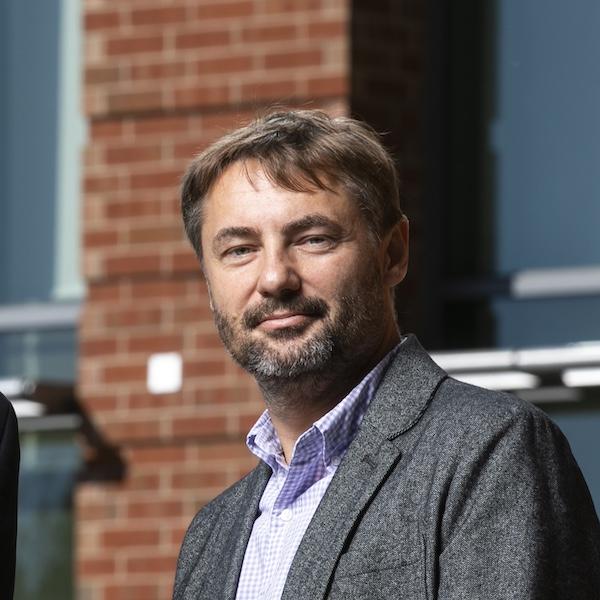George Mason University received funding from the National Institutes of Health (NIH). Artificial Intelligence/Machine Learning Consortium Advancing Health Equity and Research Diversity (AIM-AHEAD) Program. This effort will strengthen the participation of researchers and communities that have traditionally been underrepresented in the development of artificial intelligence (AI) and machine learning (ML) models. AIM-AHEAD aims to leverage the growing data generated through electronic health records (EHRs) and other biomedical research to address health disparities and inequalities.
This newly funded project, led by Janusz Wojtysiak, Unbiased and Accessible Software for Injury Detection (EAS-ID) An effort to build artificial intelligence tools to collect, assess, and analyze injury data. The new funding specifically addresses the issue of measuring the fairness and quality of image records. In addition to Wojtysiak, the interdisciplinary research team of Katherine Scafide and David Latanzi also includes Eman Elashkal, assistant professor of health informatics, and Jesse Kirkpatrick, acting director of the Institute for Philosophy and Public Policy. Research Assistant Professor and Amin Nayevi Nodusyan will participate. , a postdoctoral fellow at Mason. Their research focuses on combining AI techniques with alternative light sources (ALS) to improve the detection of bruises on skin, which often faces challenges in accurately assessing injuries caused by violence. Addresses visibility issues for people of color.
Current literature highlights that skin color significantly influences the accuracy of AI-based tools in healthcare. Studies have documented disparities in the performance of medical devices such as pulse oximeters and smartwatches, often giving inaccurate readings in people with darker skin. These discrepancies can lead to delays in critical medical interventions and exacerbate existing health disparities.
The proposed study will specifically focus on contusions, the most common type of soft tissue injury experienced by victims of intimate partner violence (IPV). Statistics show that approximately 1 in 3 people in the United States experience IPV, with racial minorities reporting a disproportionately high rate. Dark-skinned survivors note that their bruises are often invisible and there are significant delays in receiving the medical care they need.


George Mason’s research team leveraged an innovative use of ALS to demonstrate marked improvements in birthmark visibility on a variety of skin tones. The team aims to develop ways to ensure that AI-based tools provide fair and unbiased injury detection and characterization. This includes creating metrics that combine technical and ethical metrics to evaluate the performance of these tools on different skin tones. Involving diverse stakeholders such as clinicians, forensic nurses, and community representatives is essential to align the development process with AI ethical practices.
The research team’s two main objectives are to develop metrics to assess the fairness of AI tools and to apply these metrics to improve bruise detection models. They have already collected a sizable dataset of bruise images taken under different lighting conditions, which will be utilized to improve the performance of their AI models. The interdisciplinary nature of the research team, comprised of informaticists, engineers, clinicians, and ethicists, ensures a comprehensive approach to tackling these complex questions.
In line with AIM-AHEAD’s goals, this research initiative promises to make a significant contribution to addressing health inequalities and enhancing the capabilities of AI in healthcare. By focusing on the specific needs of underrepresented communities, the George Mason research team is paving the way for more equitable healthcare solutions and ultimately improving the accuracy and effectiveness of injury assessments across diverse populations. We aim to improve.
The project was led by the George Mason School of Public Health. College of Engineering and Computing. For more information about the project, please visit: bruise.gmu.edu.

